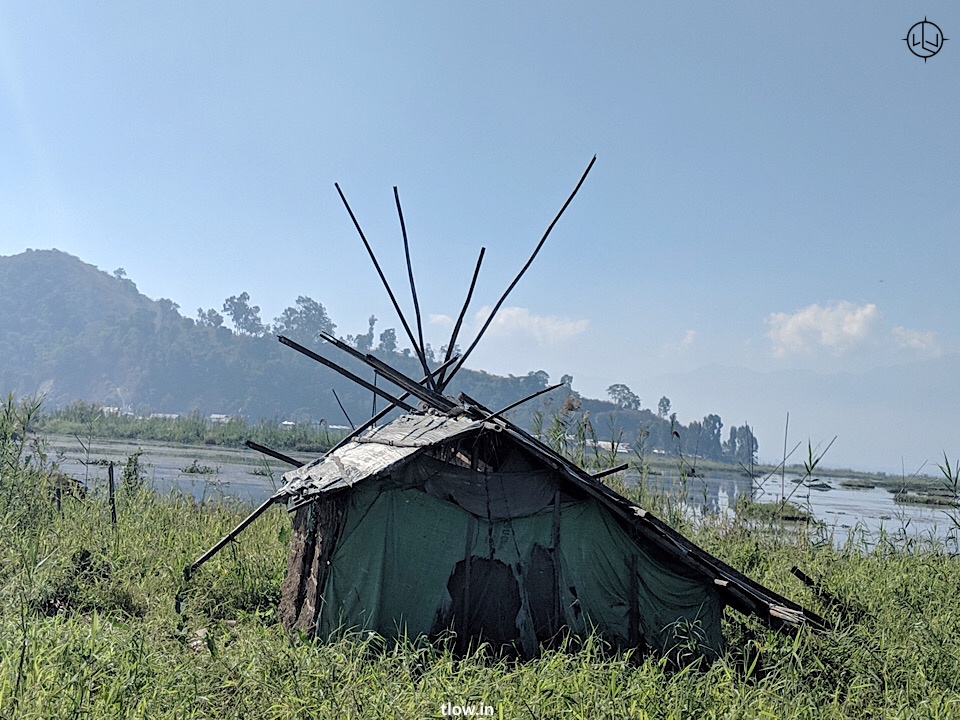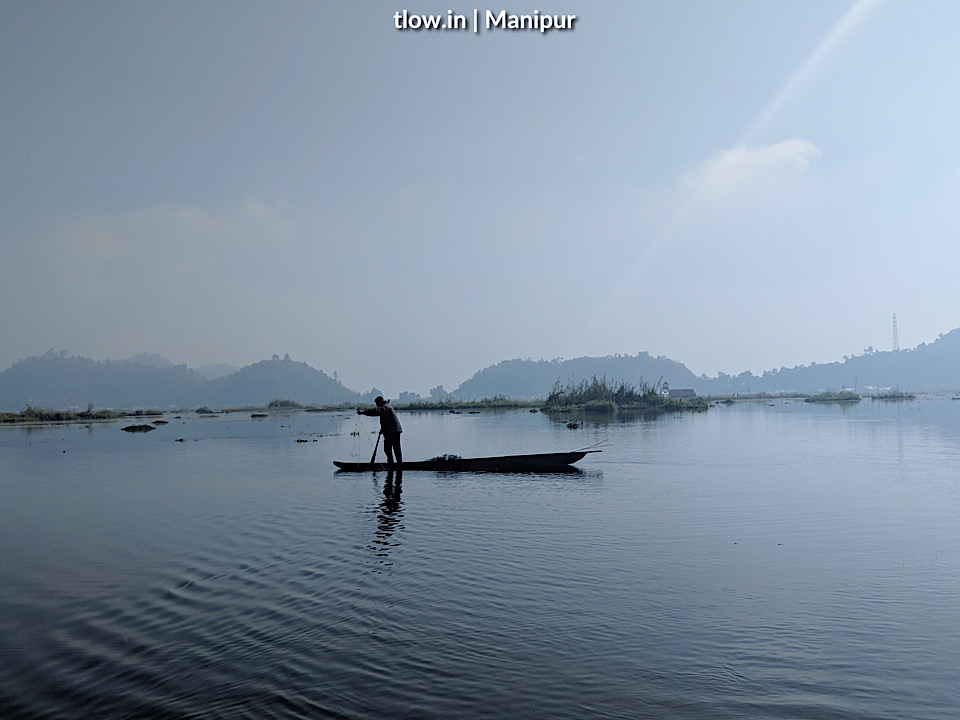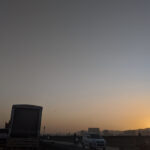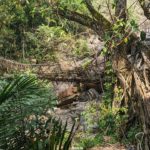
Loktak Lake: An ecosystem
Loktak lake is home to rare flora and fauna and locally revered as a “mother” — provider of life to all — Loktak Lake in Manipur is facing serious ecological threats due to intensive human activities, siltation and pollution, environmentalists have cautioned.
In a study published in the latest journal of Current Science, they said, North-East’s largest lake, spread over 287 square km area needs urgent conservation, being one of the most productive ecosystems that support the livelihood of locals as well as is a diverse and unique habitats, for the Sangai, an endemic and endangered deer found only in Manipur.

However, researchers have noted that the construction of the Ithai barrage without proper planning has led to uncontrolled proliferation of Phumdis, thus reducing the open lake area.
The lake is home to a rich ecosystem harbouring 81 species of birds, 25 species of reptiles, six species of amphibians and 22 species of mammals, migratory fish from Chindwin-Irrawaddy basin of Myanmar, migratory waterfowl and an endangered species of Eld’s deer, the Sangai.
People of Manipur are dependent on Loktak Lake and phumdis for different economic activities like fishing, agriculture, fish farming, trading of lake products, traditional handicraft made of lake products such as mats, baskets and other woven goods, etc. The ethnic group of Manipur, Meitei see the lake as a mother-provider of life to all.
Phumdi- A floating biomass

The freshwater lake ecosystem of Loktak with Phumdi represents significant ongoing ecological and biological processes. The southern portion of Loktak Lake forms the Keibul Lamjao National Park which is a continuous mass of Phumdi occupying an area of around 26 sq.km. Phumdi is a heterogeneous mass of soil, vegetation and organic matter at various stages of decomposition. It provides a magnificent vista of green floating island all over the lake.
A Phumdi may be initiated with a small mass of undecomposable organic matter or dense growth of water hyacinth that accumulates some suspended silt and is gradually colonized by grasses and other herbaceous plants. The high proportion of vegetable matter in the Phumdi gives it a specific gravity and high buoyancy to keep it afloat. They float on the lake one-fifth of their thickness above and four-fifth under the water surface. The maximum thickness of a Phumdi is 8ft. But it’s thickness varies in time and space depending on the condition during its formative stage.

The core of Phumdi is composed of detritus material, which is black in color and is highly spongy. It is constituted of organic carbon (36%), Nitrogen (2.08%), Organic matter (24.98%) and other residues including mineral matter (37.94%).
All together Phumdi plays an important role in the ecological processes and function of the lake ecosystem. They provide a biological sink to the key nutrients and govern the water and nutrient dynamics of the lake. Phumdi plays a critical role in the maintenance of the lake hydrological regime. The pulsating water level is essential for the growth of Phumdi.
Loktak
The Phumdis float during the rains and sink during the dry months, sucking nutrients from the lake bed to replenish their roots and float again when the next monsoon cycle begins. This has been their life cycle for centuries but it is now at grave risk. The Loktak Hydroelectric Project constantly keeps the water level in the lake high.
Unable to feed on the nutrients on the bed, the Phumdis are thinning out and even breaking away. Worse, local residents themselves are breaking off pieces of the biomass to sell elsewhere as rich fish culture soil. Edible plants, fruits and roots endemic to the phumdis, and once a thriving food source for Manipuris, are slowly dying.

About 12 lakh Manipuris are said to depend on Loktak Lake, directly or indirectly, putting immense pressure on the water body. Waste and sewage from nearly 30 streams and rivers find their way into the lake, choking it with plastic and toxins. The various dams, most prominently the ones that are part of the hydroelectric project, have dramatically altered the lake’s hydrology. Roads and other urban works encroach into and diminish Loktak. The floating Phumdis and the fisherfolk who live on them have multiplied manifold, slowly polluting and poisoning the waters. Foreign fish introduced into the lake are killing indigenous species.
Loktak is a complex problem that needs a multi-dimensional solution, something successive governments have been unable to provide. Will anything change before it’s too late for the lake?
–>For a similar experience, >>Click here
–>To plan a trip to North-East India, >>Click here











